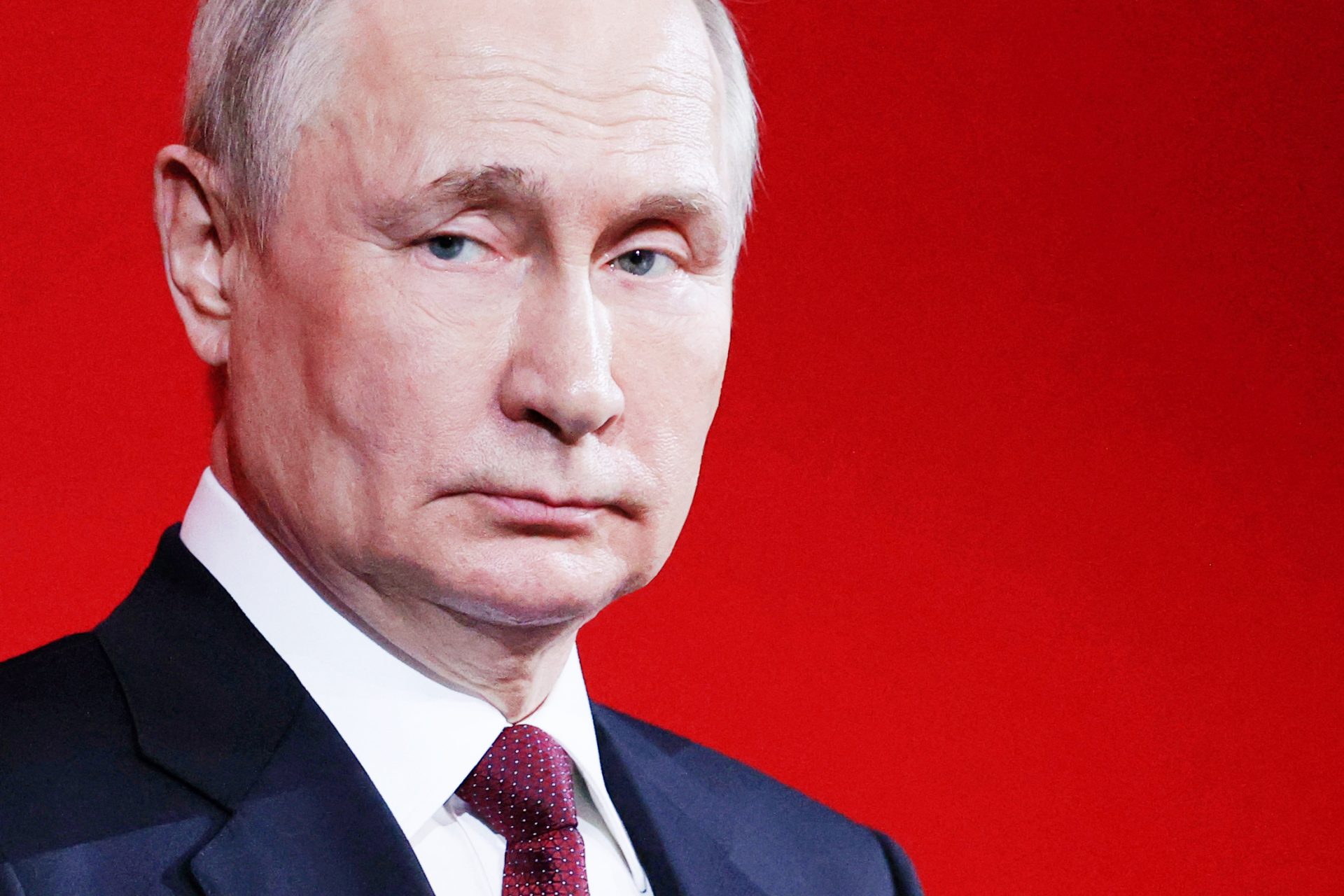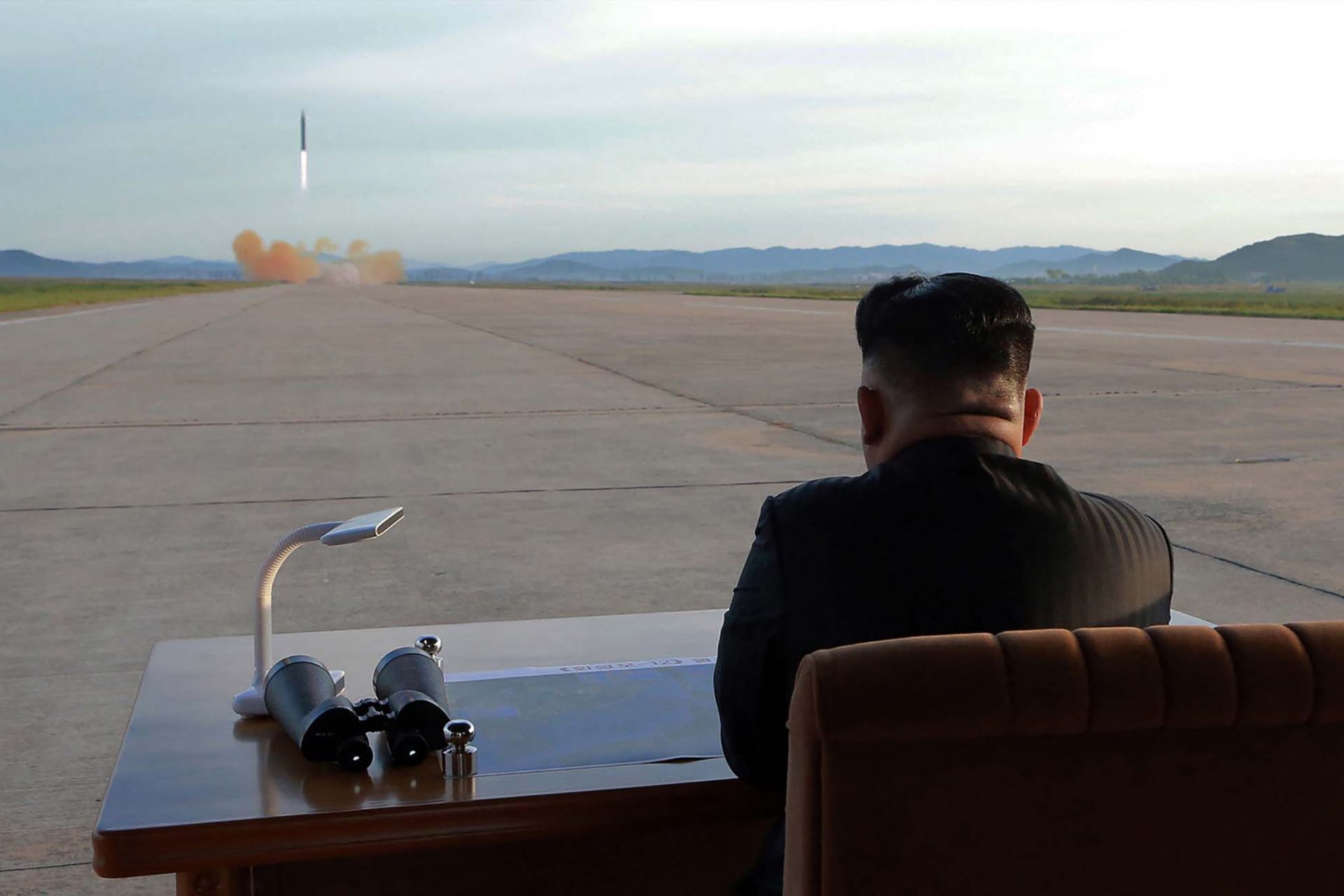One major 2022 find in Italy offered new insights into European history
Back in 2022, a group of Italian archeologists combing through the site of an ancient Roman thermal bath just outside of today's Siena made an amazing discovery that promised to give the world new insight into early European history.
Scattered among the dirt of the ruins were two dozen stunningly preserved statutes that had the potential to rewrite everything we once knew about the expansion of early Rome into the Italian peninsula and its relationships with the cultures that surrounded it.
Photo by Facebook @Il Santuario Ritrovato - San Casciano dei Bagni
The statues were discovered in a group of thermal baths at the hilltop town San Casciano dei Bagni, roughly 100 miles north of Rome.
Archeologists had been exploring the muddy ruins of an ancient bathhouse at Casciano dei Bagni since 2019 but it wasn't until late into 2022 that they started to uncover fragments of the area's ancient past.
The excavation has yielded lots of small fragments of statues as well as a large cache of thousands of coins and other culturally significant artifacts to date, and excavations are still ongoing.
But the truly astonishing find has been that of 24 perfectly preserved bronze statues that date back some 2300 years into the past.
The discovery of the statues in San Casciano dei Bagni is nothing short of groundbreaking according to some experts because they have changed what we thought we knew about ancient Etruscan civilization and how they interacted with the growing Roman Republic.
Jacopo Tabolli, an assistant professor from the Università per Stranieri di Siena, said, “It is a very significant, exceptional finding.”
“[It is] the largest deposit of bronze statues of the Etruscan and Roman age ever discovered in Italy and one of the most significant in the whole Mediterranean,” Tabolli added in a statement he made to the public.
Photo by Facebook @rapplerdotcom
The statues dated between the first and second centuries B.C.E., which was a time of great upheaval on the Italian peninsula.
Photo by Facebook @rapplerdotcom
The transition from Etruscan hegemony to Roman Republican rule was taking place at that time and it was a process that many experts believe involved a concentrated Roman effort to minimize, bury, or destroy an Etruscan culture.
Photo by Facebook @rapplerdotcom
Italy’s Culture Ministry called the period one of “great conflict” and “cultural osmosis,” and San Casciano dei Bagni represented a “unique multicultural and multilingual haven of peace, surrounded by political instability and war.”
Photo by Facebook @rapplerdotcom
Among the statues found were likenesses of the Greek goddess Hygieia, the Greek god Apollo, and several other Greco-Roman gods.
Some of the statues bore Etruscan inscriptions and were engraved with the names of prominent and wealthy Etruscan families.
“This discovery rewrites the history of ancient art,” Tabolli adds. “Here, Etruscans and Romans prayed together.”
Tabolli believes the statues were originally immersed in San Casciano dei Bagni’s thermal pools as some form of ritual, telling Reuters’ Alvise Armelli that you “give to the water because you hope that the water gives something back to you.”
While Tabolli couldn't say he knew for sure why the statues were submerged at San Casciano dei Bagni, the find has allowed today’s archaeologists and historians to make new inferences about how Italy’s two greatest ancient civilizations interacted.
Italian Culture Minister Gennaro Sangiuliano noted that the “exceptional discovery ... confirms once again that Italy is a country of immense and unique treasures.”
The statues were taken to Grosseto for restoration and will eventually be put on display in a museum in San Casciano dei Bagni.
More for you
Top Stories
































